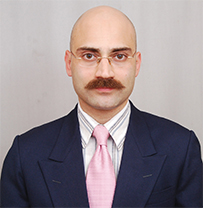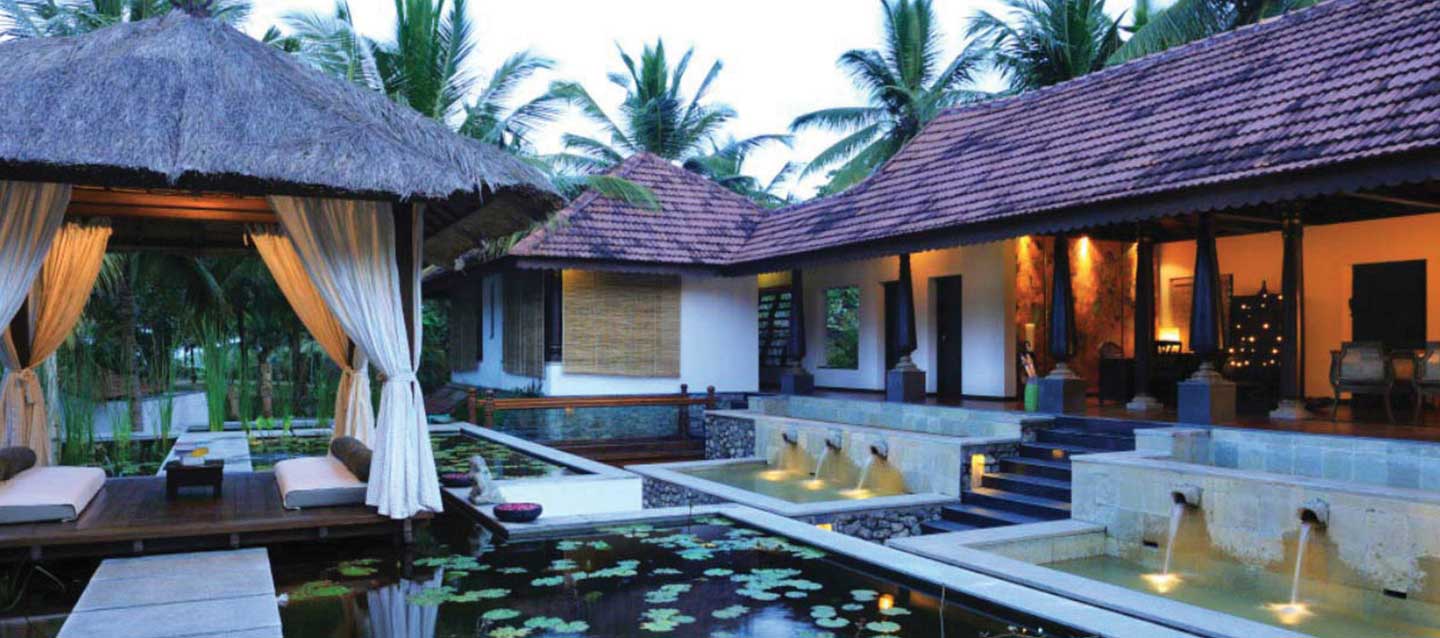Rajeev Chandrasekhar and Jupiter Capital took it upon themselves to address a gap in the luxury resorts space in India by establishing Niraamaya Retreats in 2010. With nearly an acre of space devoted to a key, this retreat chain aims to sell a wellness experience that is unparalleled.

When a private equity firm makes a decision to enter a space, it typically considers viable businesses to invest in. For veteran entrepreneur Rajeev Chandrasekhar, that option was never on the table; he took it upon himself to create a brand in hospitality that stood out as an outlier, in every sense of the word. Thus, was born, Niraamaya Retreats, backed by Bengaluru-based Jupiter Capital, Chandrasekhar’s PE arm. “The idea was to create a brand, an asset value which was a class apart in this highly fragmented industry,” says Manu Rishi Guptha, CEO, Niraamaya Retreats (Niraamaya). He elaborates by saying that in India, the truly splendid offerings that surpass expectations are sporadic and very often, single ownership establishments with little scope to scale.
Niraamaya was created in 2010 with the aim of creating India’s own Four Seasons and it launched operations by acquiring Surya Samudra, a 14-room resort nestled in the beach town of Kovalam. Today, Niraamaya Surya Samudra has 31 rooms spread over 20 acres, that’s nearly three-quarters of an acre to a room. Its second property, Cardamom Club at Thekkady, offers one an escape from the humdrum of life. In fact, Guptha refrains from referring to the properties as resorts, calling them retreats instead. “We aspire to create sanctuaries that capture the attention and interest of the higher end of the client spectrum,” says Guptha. Currently, Niraamaya’s retreats enjoy an occupancy rate of nearly 90 per cent during the peak season, which drops to about 70 per cent in the off season. As for its clientele, nearly 75 per cent comprises guests that come from other countries while 25 per cent comes from India.
Banking on wellness
For Niraamaya, wellness is its nucleus and as Guptha puts it, the inspiration behind creating holidays that touch people’s body, mind and soul. He also explains the difference in positioning that the brand has taken vis-a-vis its competition. “We do not claim to be a hospital or a treatment centre. We believe that aside from the therapeutic value, wellness can be purely experiential as well,” says Guptha. To substantiate this, he shares that nearly 30 per cent to 35 per cent of Niraamaya’s clientele come to its retreats to enjoy a holistic experience, minus a malady. Significantly, the chain of retreats enjoys a repeat percentage of nearly 7 per cent beating industry standards in the leisure category.
We do not claim to be a hospital or a treatment centre. We believe that aside from the therapeutic value, wellness can be purely experiential as well
Ensuring an experience
It is no surprise that Niraamaya defines its number one priority as selling the outlier experience. While a sprawling setting is just the start, the real challenge lies in standardisation of service quality. At Niraamaya, the allotment is five staff per key or room, a number that is much higher than the average but Guptha states that this is unlikely to change over time. “We are in the process of creating training modules along the lines of OCLD (The Oberoi Centre of Learning and Development), the only difference being that we are not about business, we are all about leisure,” says Guptha. Interestingly, Niraamaya draws up case studies based on the success stories it has seen and nurtured within the company. “This really helps us set the tone for everyone, across levels as there is a sense of reliability,” shares Guptha.
One of the key factors for young Niraamaya is its evolved and fairly mature backend. This enables it to run a smooth operation and maintain a high conversion rate when it comes to enquiries. “Most of our business is direct, nearly 55 per cent comes from our call centre and given that we create bespoke holidays, we enjoy a near 100 per cent conversion rate,” states Guptha.
Eyeing the future
In 2015, the company announced that it plans to invest Rs. 220 crore over the next two years in developing properties pan-India. Guptha shares that these plans are well underway as the next property at Kumarakom is slated to be operational by August 2017. “Over the next 18 months, we aim to operate five properties including one at Benaulim, Goa,” he adds. The long-term plan is to get closer to 12 properties, including places like Lakshwadeep. Niraamaya is also open to the possibility of going international but will stick to regions close to India where it can synergise on wellness. “We are keen to develop alternate destinations but that will certainly take some time. For now, we are happy to consider popular options,” says Guptha.
At the moment, Niraamaya’s yield per room is about Rs. 50,000 per room during the season. “As you move closer to the top of the pyramid, scale is harder to achieve,” admits Guptha. The brand has to grapple with choices on how many rooms to have at each property and whether it can maintain its room to space ratio even as it grows. Given Guptha’s assertion, there will be no compromise on customer experience as that is what it set out to sell on and come to be known for.
Snapshot
Niraamaya Retreats
Year: 2010
Founder/Investor: Jupiter Capital
Industry: Luxury retreats with a focus on wellness
